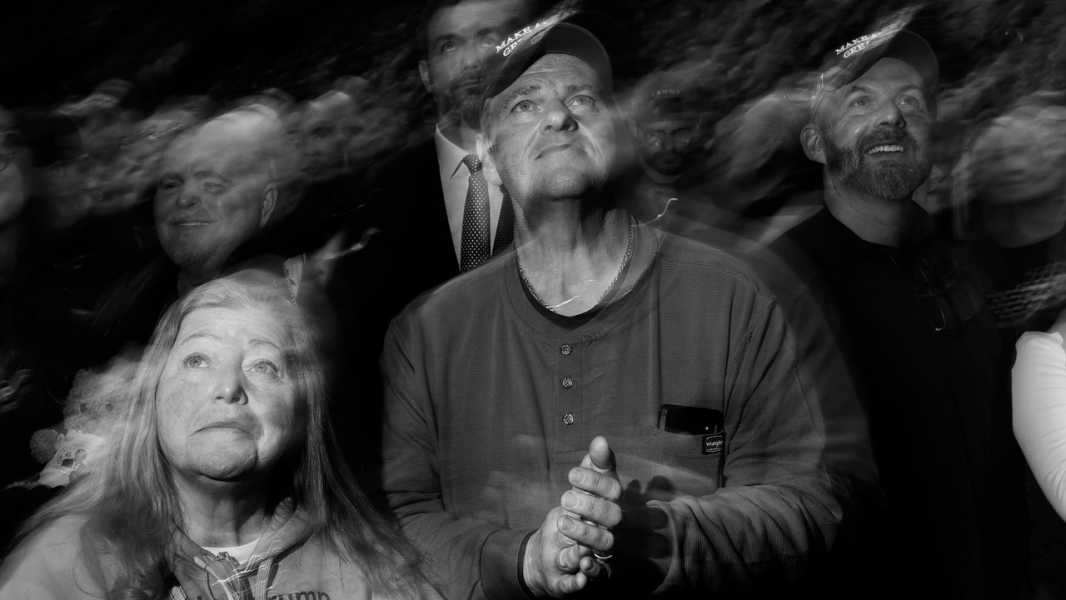
Save this storySave this storySave this storySave this story
On Monday, after Donald Trump was sworn in as President, in the Capitol Rotunda, I was leaving the building’s security perimeter when I crossed paths with an Inauguration attendee who was already heading home. He rolled a suitcase and wore a new Trump hat that read “America Is Great Again.” Biden had just flown away on a military helicopter. Trump was giving a second set of inaugural remarks to an overflow crowd that hadn’t made it into the rotunda. He spoke about his wife Melania’s wide-brimmed navy hat, which more or less obscured her eyes for the duration of the ceremony. “We went out to the helicopter,” Trump said, “and the wind is blowing like crazy. And with the hat that she’s wearing, she almost blew away. We almost lost her, she was being elevated.”
I’d last been at the Capitol two weeks before, on January 6th, when Trump’s victory was certified. Snow had fallen then, too, and as I approached the security fence a woman cross-country skied past me with a blue heeler dog. For the certification, Senate pages carried the Electoral College ballot boxes through the rotunda like caskets in a funeral procession. “Democracy must be upheld,” Kamala Harris said, as she walked by with them, J. D. Vance not far behind her.
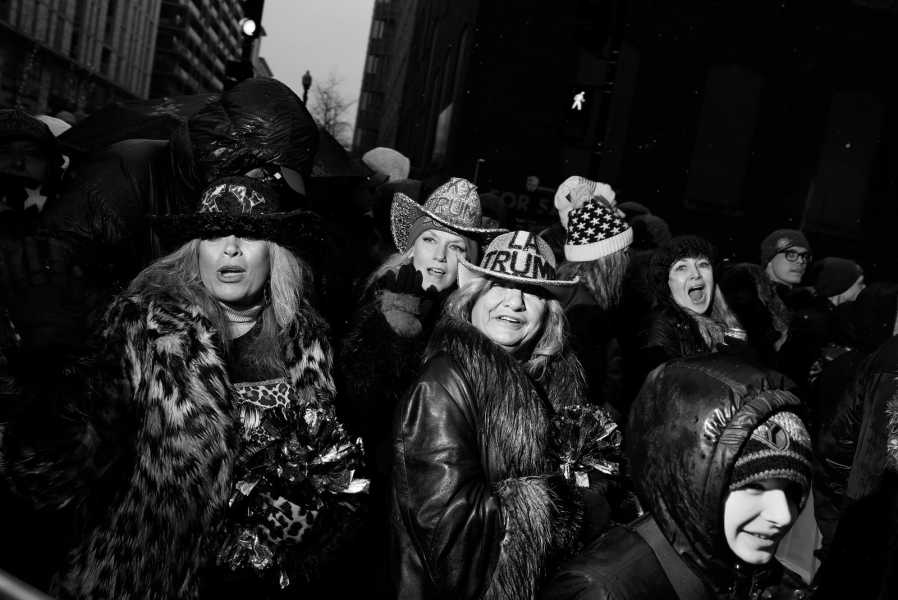
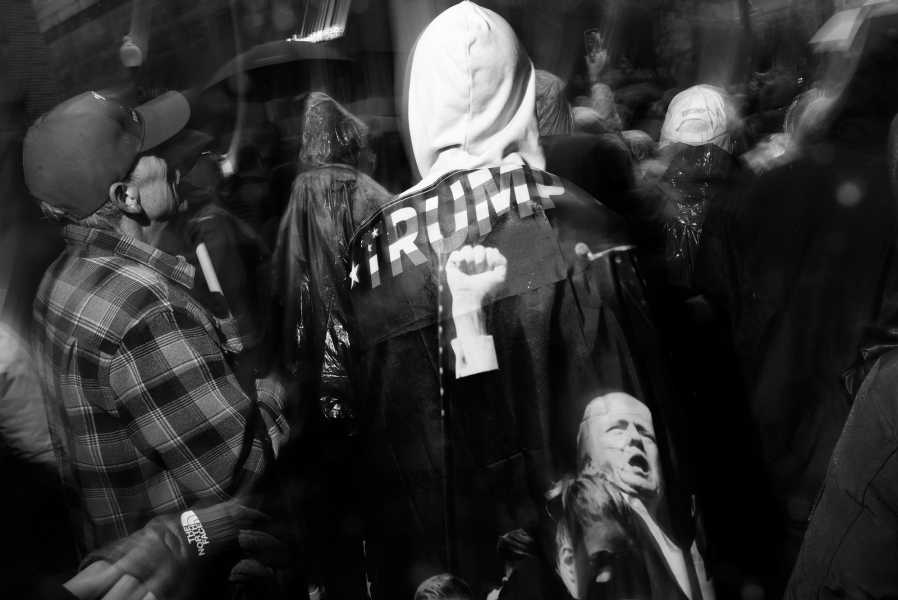
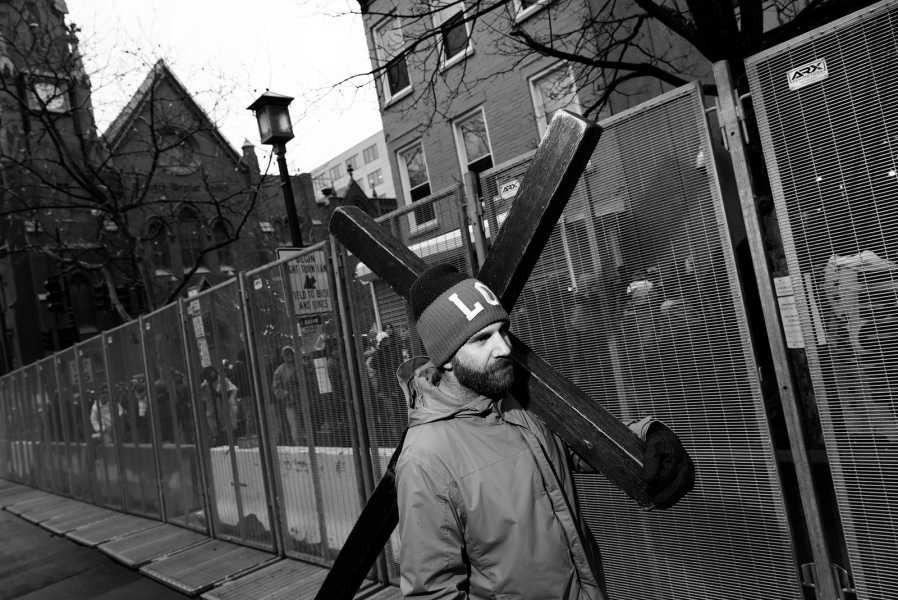
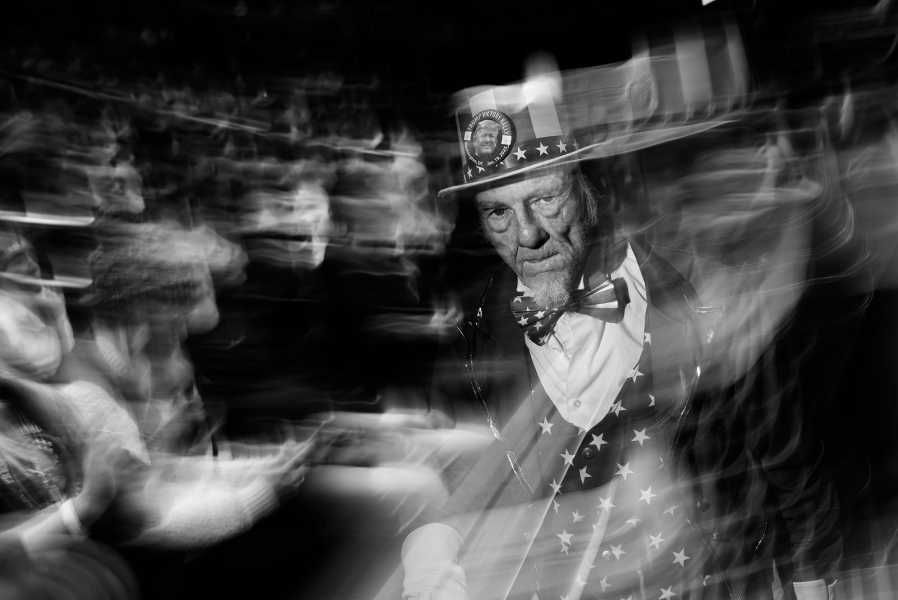
Over the inaugural weekend and late into Monday night, thousands of Trump supporters queued around the Capital One Arena for a victory rally, and dozens of balls and parties ushered the new Administration into the city. On the ninth floor of the Hay-Adams Hotel, which has a drop-dead view of the White House across Lafayette Park, Liz Truss, Sebastian Gorka, and Erik Prince mingled with guests trying to eat steak frites while standing up. In the basement of the Salamander hotel, by the waterfront, Kash Patel and Kari Lake were honored. At the Make America Healthy Again ball, a production company staged red-carpet interviews. “I’m very much of the mind-set that anything is possible,” I heard someone say as I made my way in. A theme of the evening was “Biohack Yourself.” A painting of Robert F. Kennedy, Jr., holding a falcon was on display. Dr. Oz breezed by me. Inside the ballroom, Jewel performed, telling everyone she wanted to sing a song that captured how she was feeling. (She played a rendition of “Over the Rainbow.”) Upstairs, at the Waldorf Astoria, formerly the Trump Hotel, Kimberly Guilfoyle, Donald Trump, Jr.,’s ex-fiancée, soon to leave for Greece as its next U.S. Ambassador, was sitting on a couch taking phone calls and adjusting her eyelashes.
I got drawn into a conversation with a man from Modesto who had a stack of Dark MAGA hats next to him on the bar. “I don’t sell supplements, I sell results,” he said. “A guy in a pizza shop bet me a thousand dollars that Trump makes the country worse.” He had watched the Inauguration on a live stream from the Capital One Arena; the typical outdoor viewing on the National Mall was cancelled at the last minute, owing to the cold. It had not been what he’d imagined. “It was just me seeing some shit,” he said. Eventually, Trump made his way to the arena to deliver his third speech of the day. All of them were variations on the long campaign yarns he’d been spinning for months, years. “It’s boring, but that’s the point,” the man from Modesto said. “Trump is pointing out all this shit that nobody pays attention to in the country.”
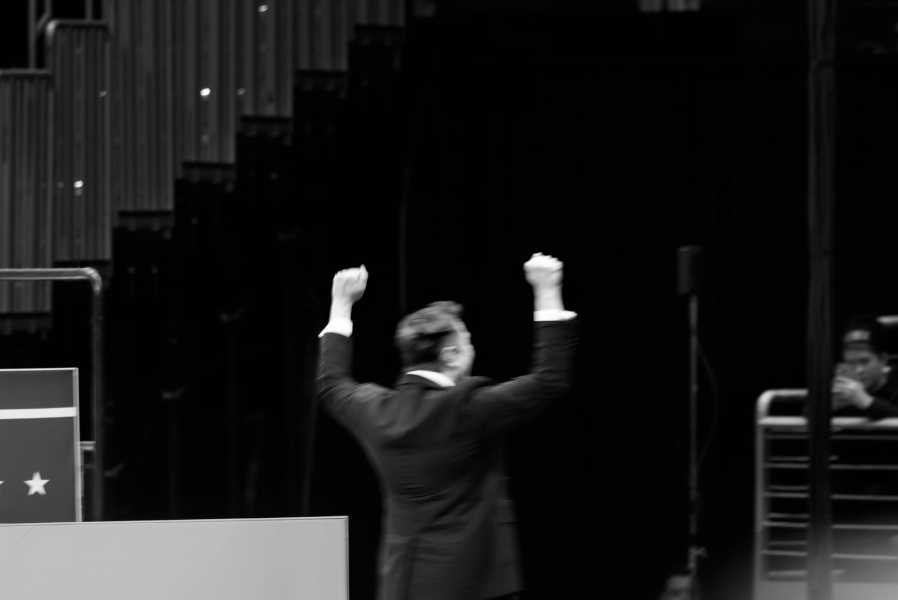
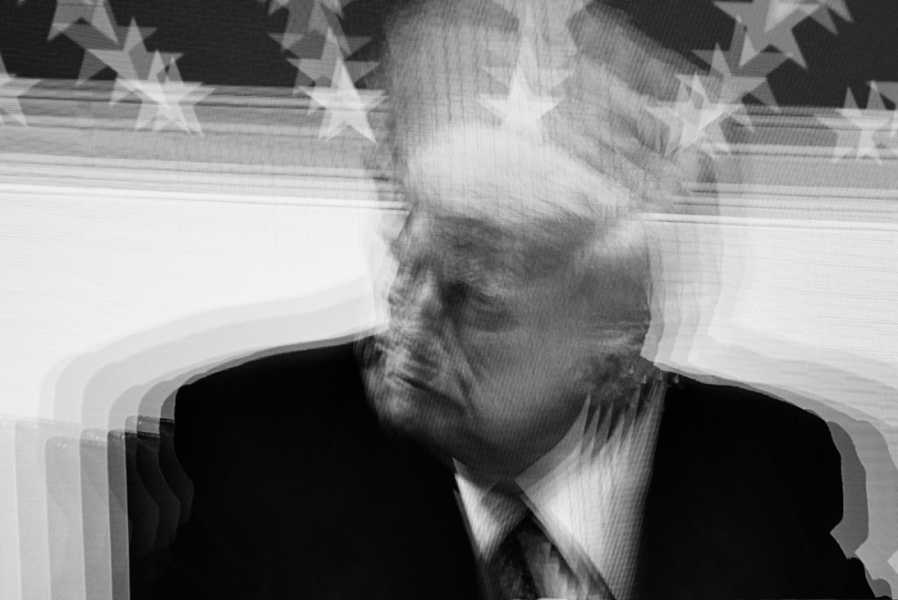
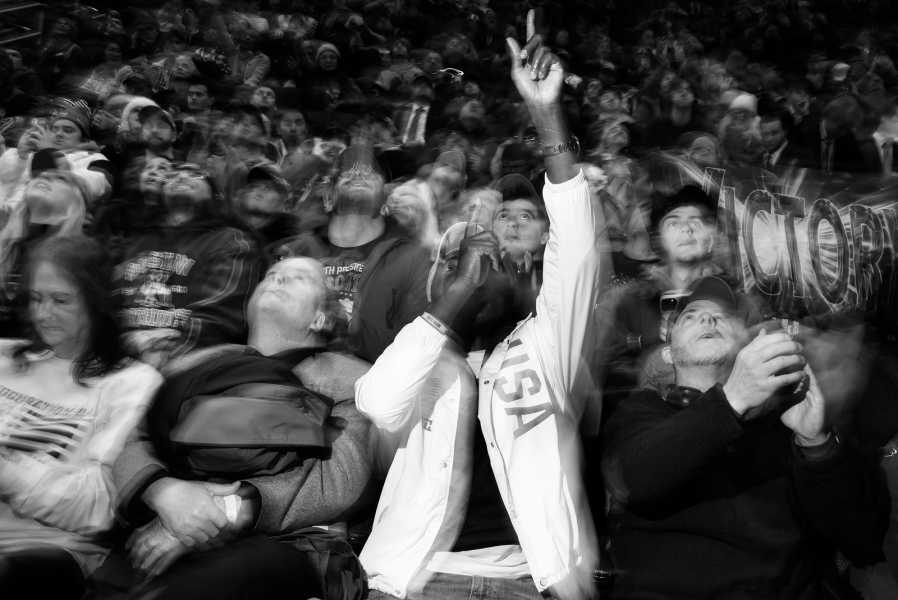
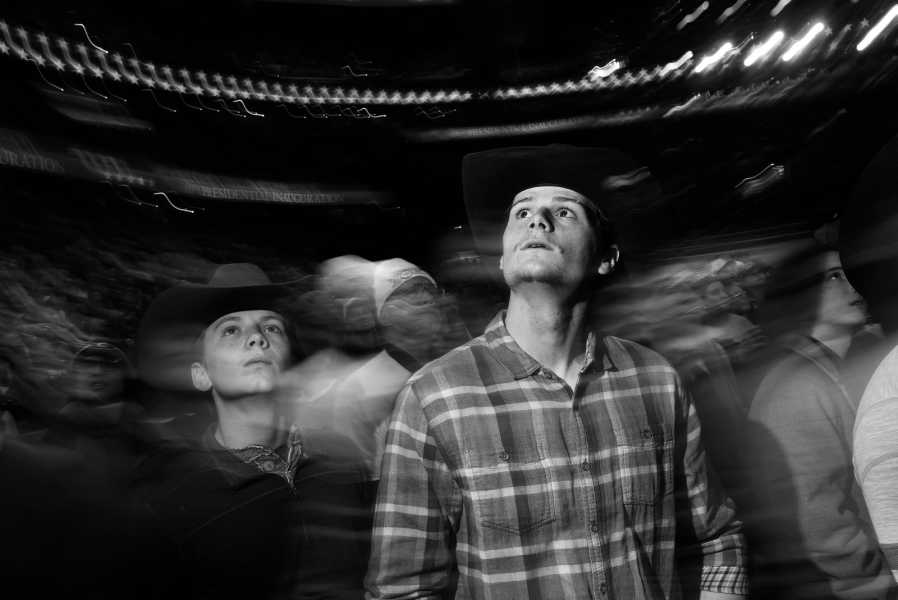
Trump had signed a few executive actions onstage at the arena, hurling pens into the crowd before taking his motorcade back to the White House to continue signing at the Resolute desk, including pardons and commutations for more than fifteen hundred people who had pleaded guilty or been convicted for their participation in the January 6th attack on the Capitol, and dismissals for those who were awaiting trial. He took a few questions from the press. Was he a dictator on Day One? He said no. Had he added back his special Oval Office Diet Coke button yet? “We just got here!”
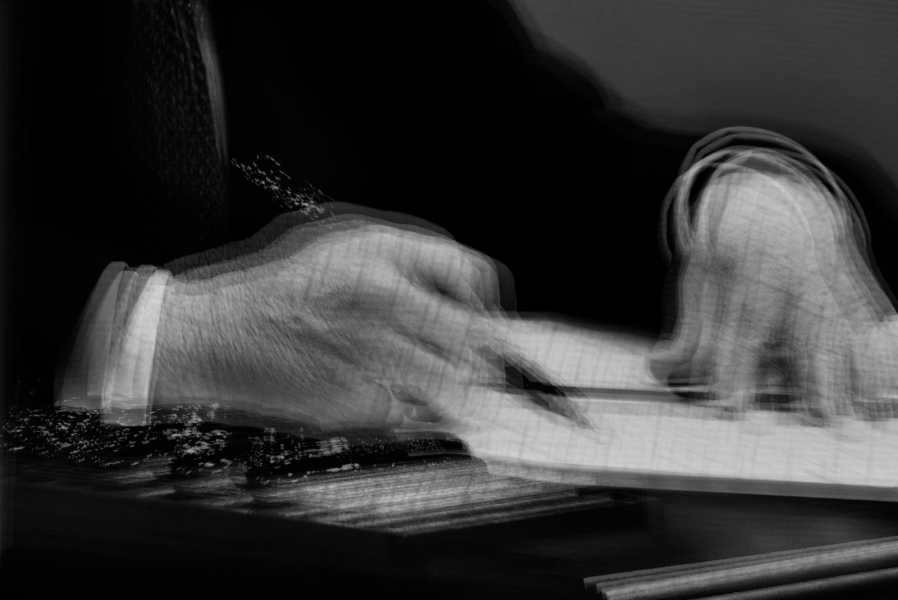
The guy at the bar told me that he wished he had been able to attend January 6th. “I wanted to go, but I got here late,” he said. “What’s right is right, and I will not abandon it. I’m ready to fight.” Still? “I’m, like, a Kyle guy—like, a Kyle Rittenhouse guy,” he said. As the night went on, Trump, in a tuxedo, made the rounds to three official balls, slow dancing to “The Battle Hymn of the Republic.” He cut into a huge sheet cake with a sword. A couple of miles away, families gathered outside the D.C. jail to see if “our great hostages,” as Trump called the January 6th defendants, would be released in time to join the festivities.
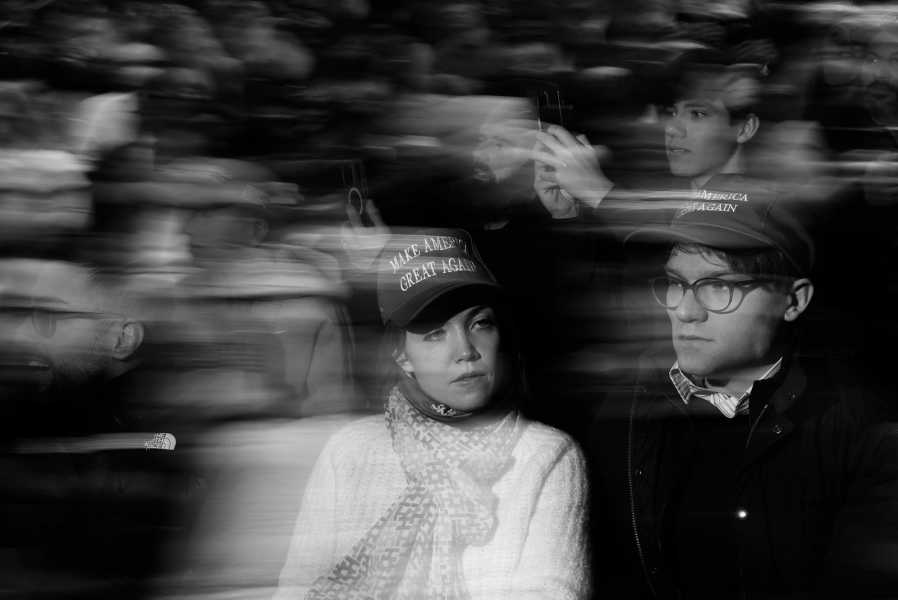
Sourse: newyorker.com